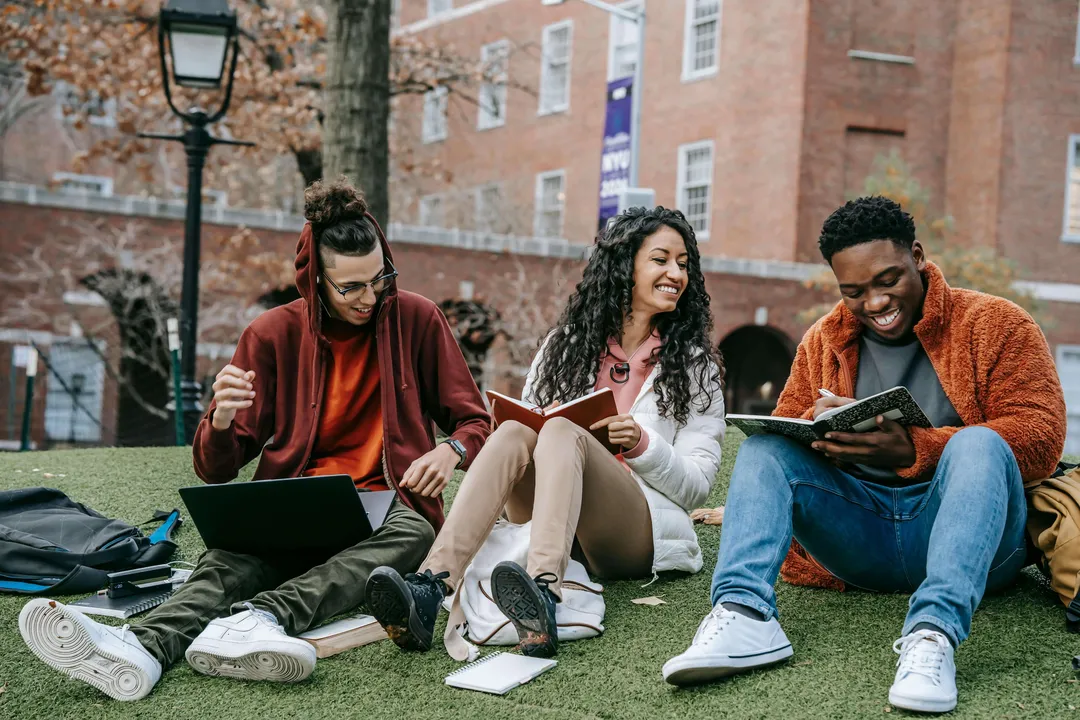How Do Professors Review Student Papers?

How Do Professors Review Student Papers?
We need to understand how much of a threat AI writing tools are to our service and whether or not they can put us out of business. In order to answer this question, we need to understand how professor’s analyze work submitted by students.
What do professors look at when examining a student's work?
Writing style - If the professor has seen the students work before and knows the student’s writing level, then any content that highly contrasts this level will automatically be suspicious. In this case, they may ask the student to orally defend their work and answer questions directly from the professor on a face-to-face level.
Plagiarism Detectors - All academic work is submitted through Plagiarism detection software such as TurnItIn to ensure the originality of the writing. Such detectors scan a large database of sources, making it very difficult for a student to plagiarize.
According to Plagiarism.com, here are three common methods used by teachers when they encounter suspicious work:
- Reading an essay aloud in front of a student to see whether he is not worried too much to disclose that something is wrong.
- Asking a student to retell a random paragraph from his/her paper. The author of the composition will be confident enough to do it.
- Offering to scan a paper through a plagiarism detector in the presence of other students.
How do they determine that the work was not written by their student?
Inconsistent writing style - Professors learn the writing style of their students and are able to tell whether or not new work is similar to what they have written before. This is usually only applicable for smaller classroom sizes as a professor with a classroom size of 100 will no way be able to hold 100 different writing styles in their head.
Verbal Assessment - The teacher may ask the student to retell parts of their essay out loud and ask questions which are answered in the writing. If the student stalls or starts to get nervous, it is a pretty good sign that they have plagiarized.
Google Phrase Search - If the professor notices a specific comment or phrase that makes them suspicious of originality, they will normally do a quick google search of that phrase and see if they can find content that is very similar to what is written by the student. They would take the article from which the phrase has been used and read the content, then compare the content to the original content to see if the main idea was simply rephrased or the ideas are actually original.
What tools do they use to help them find plagiarism?
- Plagiarism detection tools (TurnItIn, Grammarly, Scribbr)
- Google Phrase Search
- Lie detectors (in severe cases)
- Professor’s Instinct and Experience











